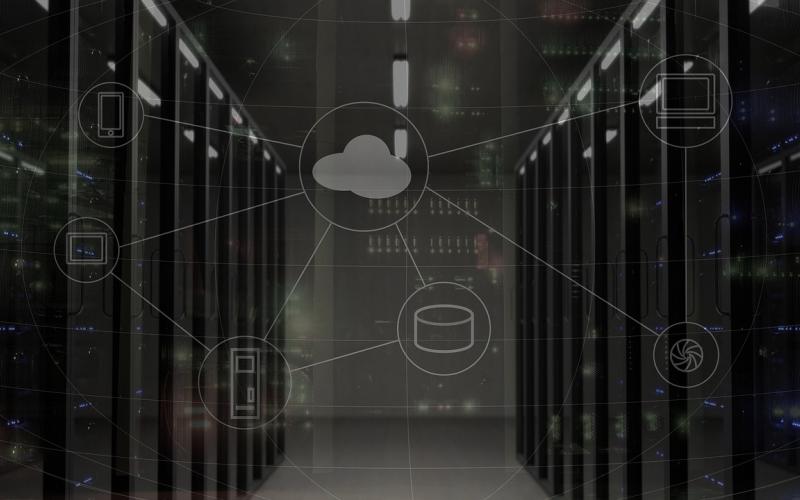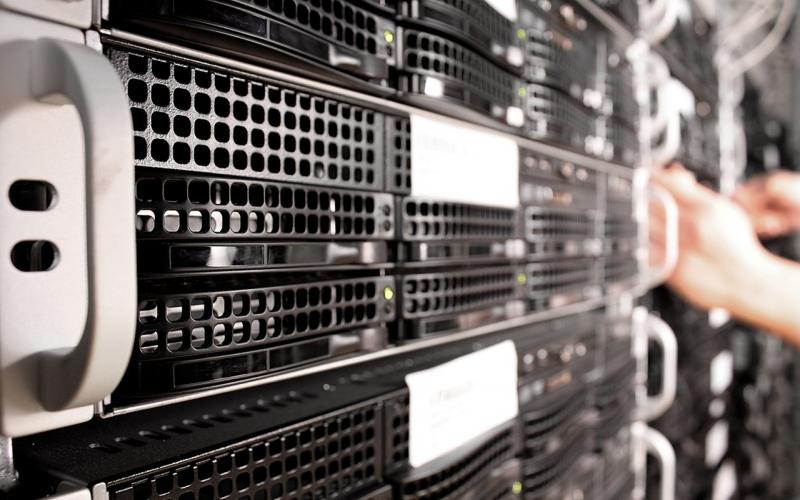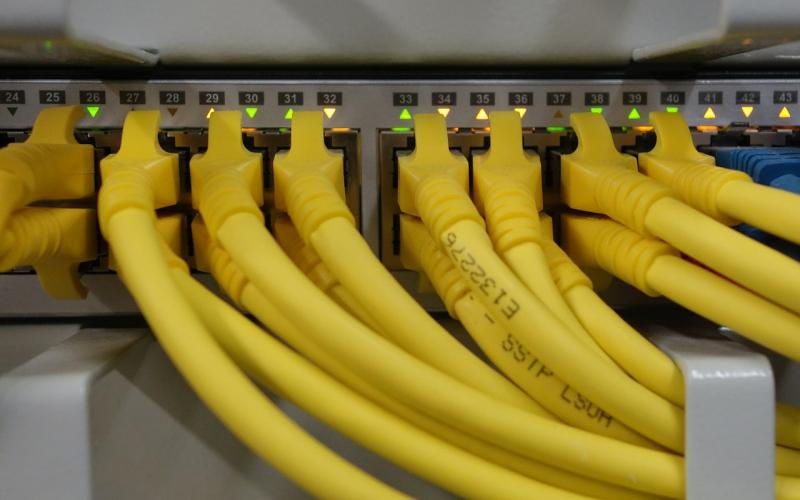Network analytics (NA) platforms are the latest breed of enterprise-grade tools that should be strongly considered in 2019 These platforms offer a unique mix of old network monitoring techniques combined with several new ones. Added to this is a healthy dose of deep analytics and artificial intelligence (AI) to truly provide administrators with a product that, if implemented properly, could completely change how networks are managed. These tools pull in multiple data sources, apply intelligence behind them, and find network, application and end-user performance problems by putting all the data pieces together.
The problem is, NA isn’t taking off as fast as it should. Much of this has to do with the fact that there are plenty of network administrators don’t fully understand the power these platforms can grant. The problem seems to revolve around the way network analytics is being marketed to customers. Because NA platforms can do so much – and are so flexible – platform vendors are finding it difficult to market to the masses. Other complex networking technologies have suffered a similar fate. End-to-end software defined networking (SDN) is another recent example that comes to mind.
But the bottom line is network analytics is something that everyone should at least investigate. Once you do, you’ll likely find that it’s not nearly as complex or scary as you might have thought. I’ve found the best way to approach NA research is to look at what data sources the platform is collecting. Doing so allows one to see that many of the data sources used in an NA platform are already being collected by other tools on your production network today. Additionally, when you dig into new collection sources – you begin to grasp the true power an NA platform can provide once you combine it with AI.
By analyzing network performance data from various sources, you suddenly have an automated tool that can identify the root cause to any number of network and security related problems without the need for human intervention. Who wouldn’t want that? In fact, as digital transformation (DX) grows – along with the absolute necessity that apps and service run optimally – the way you build and manage your network will need to transform as well.
Click though the slide show to look at 8 common network analytics data sources that many of today’s NA platforms collect.
(All images: Pixabay)

















